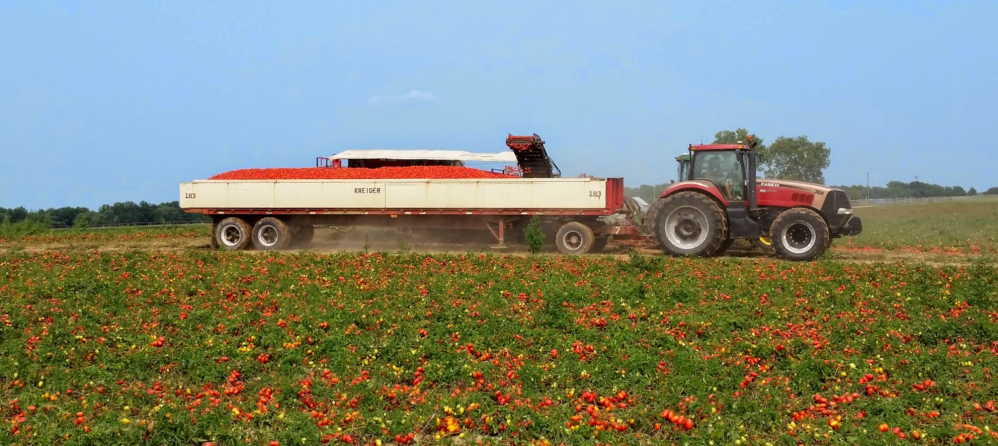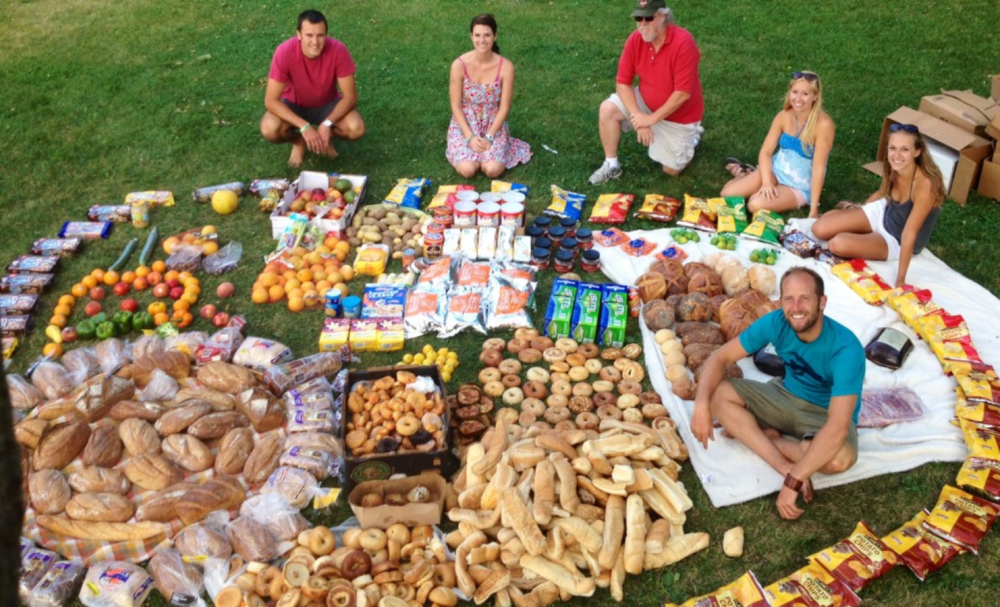As I am working my way through September and attempting to produce as little waste as possible (see here for more info), I continued to think about the fact that food can take decades to break down in capped landfills.
Around 40% of food in America is wasted. Yet, according to the NRDC, around 1 in 8 families struggle to put enough food on the table.
Food waste isn’t only an issue in regards to disposal, but it also can be costing you and the environment in other ways.

Food waste is a waste of money.
A family of four could save $1500 a year on groceries and around 2 million calories if they decrease their food waste, as estimated by the USDA.
In industrialized countries, these losses cost around $680 billion, with an additional $310 billion lost in developing countries.
How can you prevent unwanted food waste?
- Creating a daily mean plan and shopping from a list are proven ways to buy less and save a buck.
- Remember that expiration dates are merely an estimation of freshness. If using milk for a recipe, smell can typically tell you of its state.
- Use left overs like peppers, onions, rice, and other cut veggies in soups, stir fries, or risottos. If bananas or other fruits start to turn soft, put them in a smoothie.
- If a food has dark spots or mold, cut it off. The item will still be usable. Food that has spots, bits of mold, or imperfections is often thrown away, and is a large source of waste.
Grocery stores are especially guilty of this. To learn more, read this article by Rob Greenfield about perfectly good food found in dumpsters around the country.

Food production uses many resources.
Modern agricultural farming requires an immense amount of resources, including water, minerals such as phosphorous, and fossil fuels, which can contribute to localized pollution as well as world wide climate change.
If you consume fish or meat regularly, consider the environmental impact of these foods. About 90% of the ocean’s apex predators, including bluefin tuna, sharks, marlin, and swordfish have been wiped out by humans.
Meat production utilizes large amounts of deforested land and produces large amounts of methane, carbon dioxide, waste.
The message: Eat less or waste less. Buying more furthers the process of degradation.

We could feed the world.
Here’s a fact from the Food and Agriculture Organization (FAO) of the United Nations: If 1/4 of world wide food waste could be saved, we could feed an estimated 870 million people.
An estimated 25% of calories around the world are wasted. In industrialized countries, this typically happens at supermarkets or restaurants. In developing countries, it occurs before the food even arrives at the market due to poor storage or transportation.
Read more about this in National Geographic’s 5 Step Plan to Feeding 9 Billion People by 2050.
What can you do with excess food? Donate it to a local shelter or food drive. Invite friends or family over for a meal. Or, give it away to neighbors. It’s better to find someone to utilize it then let it go to the trash (or even the compost) bin.
Check back next week to see my progress on creating as little waste as possible in September.
All information was taken from memory, education, or from external sources listed in the article or below. Sources below also include valuable sites and information.
Use this calculator to estimate how much food you’ll need when cooking for guests.
Food and Agriculture Organization Statistics on Food Waste.

Great article and something we should all be conscious of. Love the make a shopping list!
Keep teaching us ways to love the earth
LikeLiked by 1 person
Good blog, Kel
LikeLiked by 1 person
Nyc article. Food waste far away. Thanks 4 this little way of educating the public
LikeLike